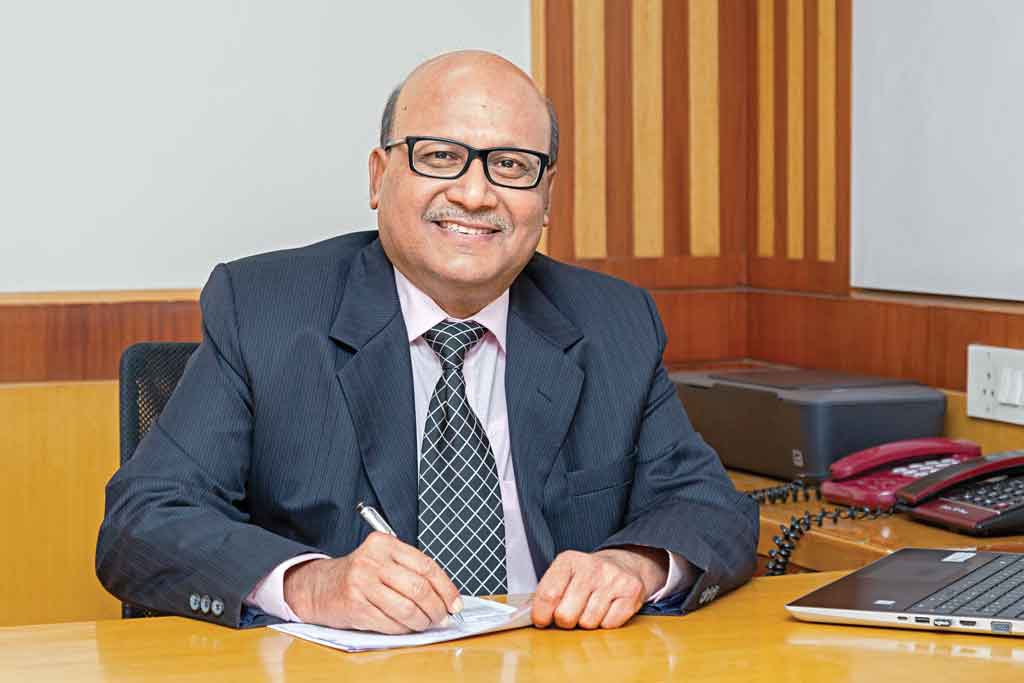By Ashish Gulati, Country Manager, Telit India
A car is an electronic machine and there are several apps that can be written for connected car scenarios helping car owners. OEMs and fleet operators can reap the benefits of IoT by using these apps. The main ingredient of such an IoT recipe would be the connectivity of the car and services to manage the data. Most of the cars have OBD II (On Board Diagnostic) ports from which data of vehicle’s subsystems can be obtained. There are several OBD II devices available in the market and with very little effort they can be integrated with the IoT Cloud Platform, hence enabling vehicle data to be sent to IoT Cloud over cellular networks such as GSM/GPRS, WCDMA even LTE or Bluetooth. For starters, who do not have access to an OBD device, there is no reason to worry, they can use a simulator that can run on your browser to simulate vehicle events like fuel, speed of engine, GPS coordinates, etc.
In 1970s and early 80’s vehicle manufacturers started using electronically controlled engines to diagnose engine problems to control environmental emission. This was done to meet EPA (United States Environmental Protection Agency) emission standards. OBD-II was introduced in the mid-’90s and made mandatory in all the passenger vehicles that were rolled out in 1996 in the United States. OBD, the On Board Diagnostic system for the vehicles were fitted with electronically controlled engines, providing vehicle engine performance data, including the emission, fuel usage, and other parameters vital for better maintenance of the vehicle.
These days OBD enterprises offer in-vehicle diagnosis and maintenance service and insurance companies provide auto insurance claim service. Herein, OBD can also be used as an advanced tool to monitor the driving habits, pay as you drive (PAYD), and pay how you drive (PHYD). At present, Usage Based Insurance (UBI) market has been popularized in Europe and the United States, where the insurers like Allianz, Insure The Box, Progressive, Allstate, and Desjardins Insurance to name a few have developed UBI and also made profits. Meanwhile, telematics providers in different countries including Baseline Telematics, Masternaut, MyDrive Solutions Limited, Octo Telematics, and TomTom Telematics have continuously optimized OBD devices to assist insurers with accurate usage based insurance market pricing techniques and tools. For example Baidu and Launch jointly released golo, which records the driving behavior, and at the same time they provide the drivers’ pricing schemes to insurance companies. Ping An Property & Casualty Insurance Company determines the vehicle insurance rate of different type of customers based on risk pricing schemes.
Fleet managers today need to run their operations with optimum efficiency, especially when it applies to mission-critical challenges such as high fleet operations costs, recurring repairs and frequent vehicle downtime. OBD II Vehicle Diagnostics allows managers to remotely monitor vehicle performance, engine malfunctions and driver behavior to improve vehicle reliability and to reduce costs. A classic example is the running of Formula 1 cars where in OBD II is at full display.
These Solutions today deploy the same basic telematics technology but are packaged and implemented in innovative ways to be marketed. In the US solutions based on OBD (On-Board Diagnostics) dongles have become the preferred option. The driver simply connects the dongle to the OBD connector. The term refers to the interface that garages use for reading information when they are servicing vehicles. These telematics- enabled dongles are relatively cheap and there is no installation cost. A number of innovative insurers are starting to launch solutions based on smart phones. These devices have the requisite computing and storage resources, data connectivity as an intrinsic function and they also incorporate satellite navigation, which records the mileage, and an accelerometer that measures acceleration, braking and cornering.
Nearly ninety percent of innovation in today’s automotive industry is driven by electronics. First onboard computers began telling mechanics exactly where to look when a car arrived for maintenance. Today, wireless technology is changing how we view the car – and may soon change everything about the way we drive.
Although experiments with telephony in motor vehicles began as far back as 1946 (Western Electric and Bell Laboratories), connectivity to the car was at core a novelty and at most an extreme luxury right up until the groundbreaking introduction on OnStar services by General Motors in 1995. Until then, the type of connectivity – hands-free voice calling, automated emergency response, remote diagnostics and control, stolen vehicle recovery and related location-based services – were the stuff of science fiction and spy novels.
With OnStar, GM was able to leverage the data from their vehicles’ on-board computers to create a new and unique set of services designed first and foremost for the benefit of the driver himself (as opposed to the service technician). In addition, GM reaped the benefit of a huge new sample set for market research based on the actual behavior of their customers – in turn driving a whole new set of innovation based on real, dependable data.
Since then, automakers everywhere have joined the fray. Whether strictly to enable emergency response or to develop new revenue streams. Today’s consumer is hard pressed to find a car brand not offering some sort of connected services.
As a result of this new OBD revolution and all this connectivity in a car, all types of new business models are emerging which are likely to change the way we view car ownership and even driving it in the coming years.






Leave a Reply